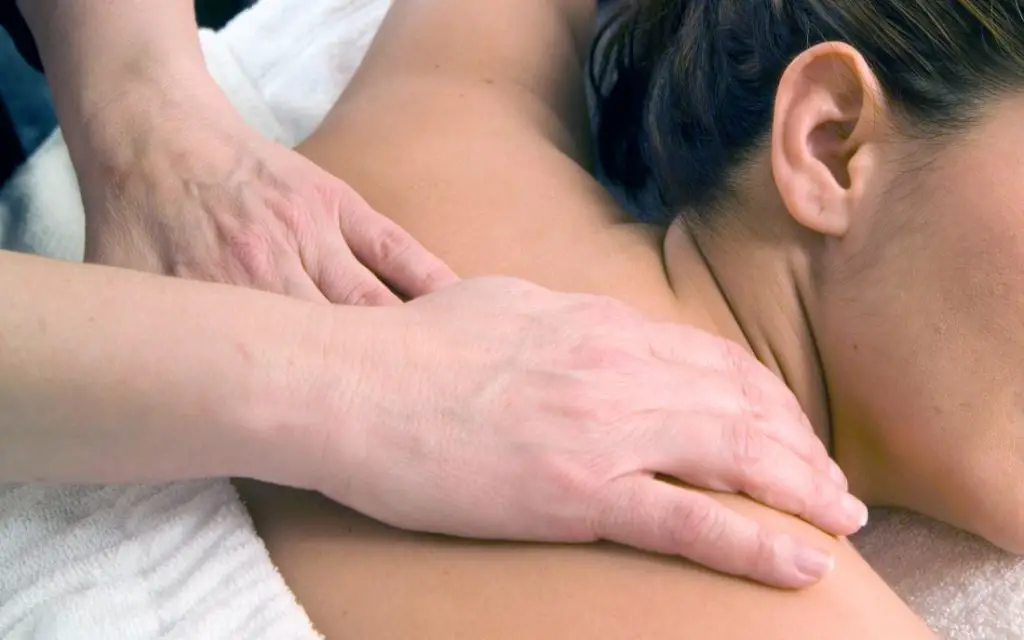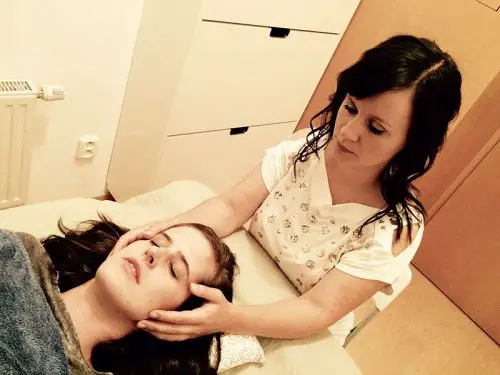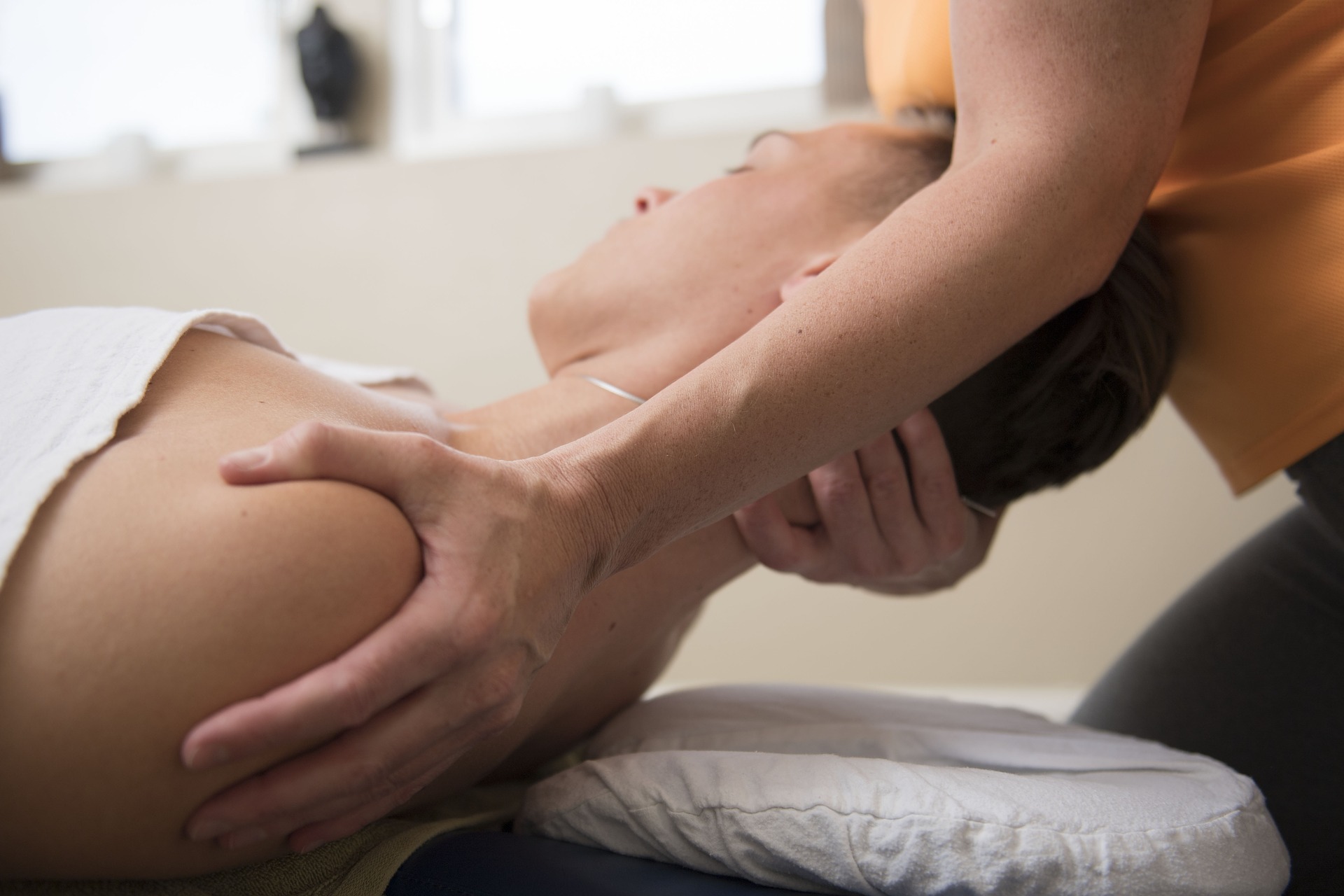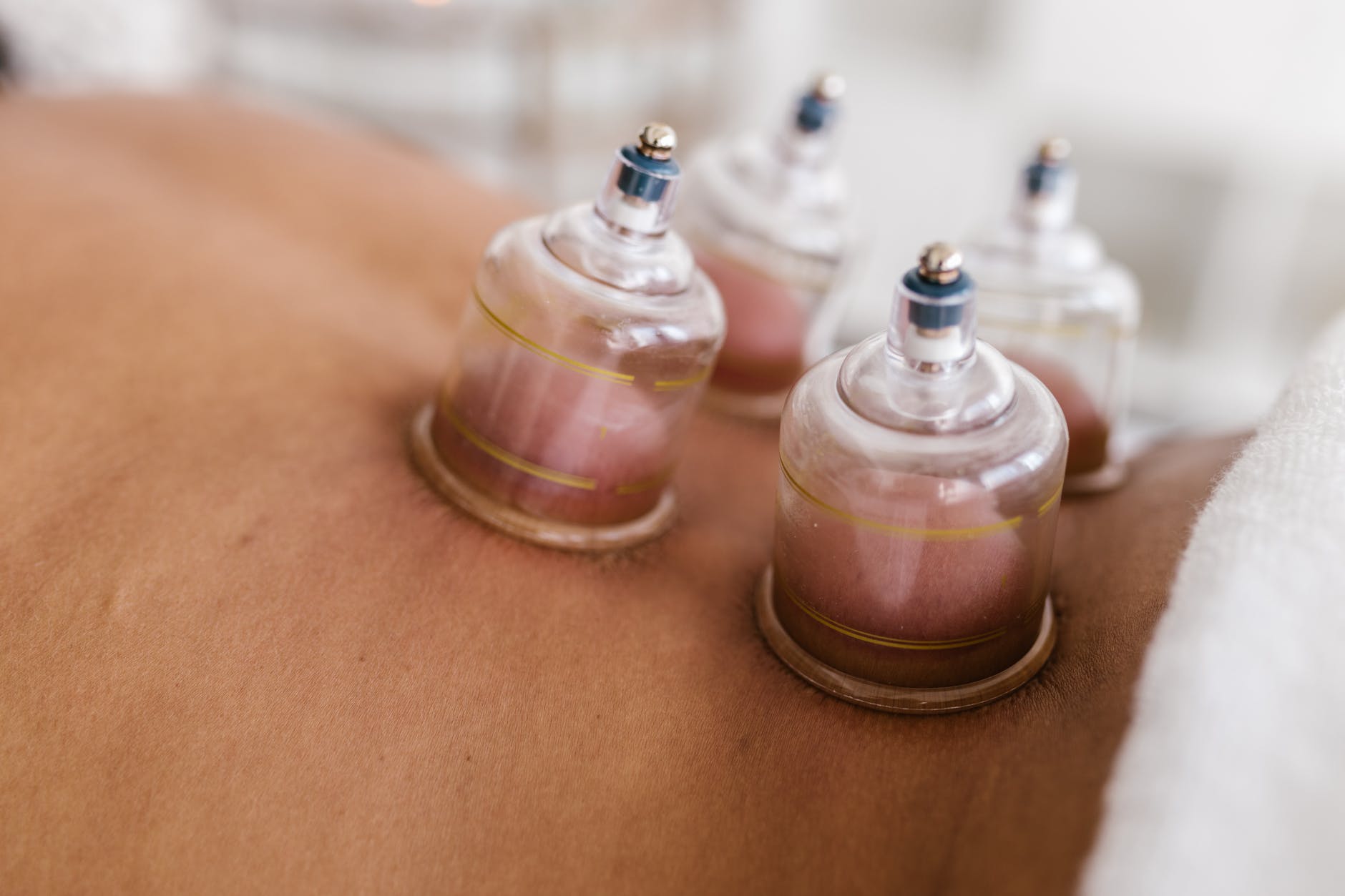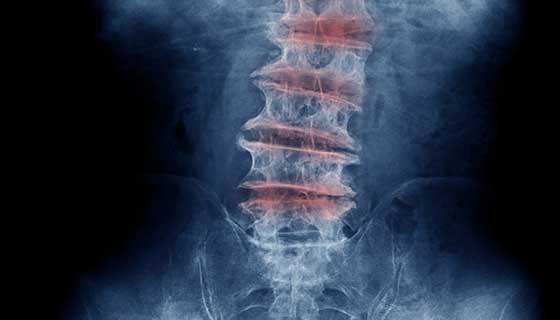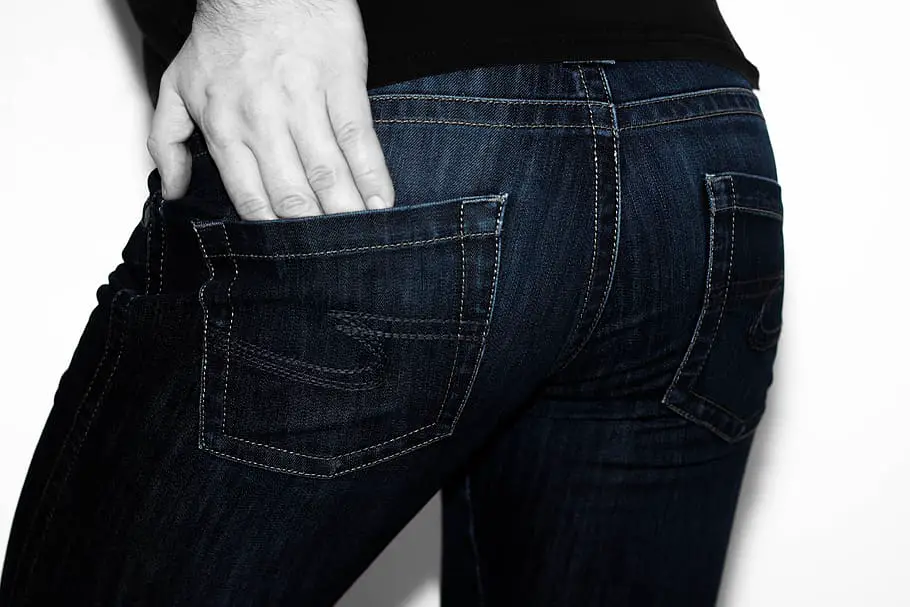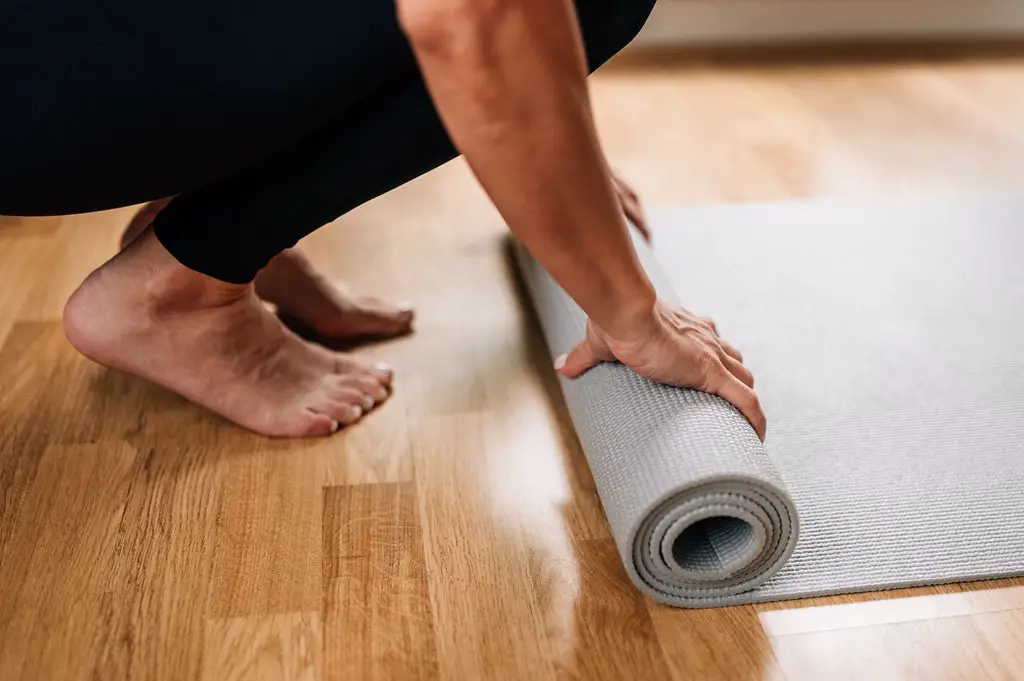Article reviewed and approved by Dr. Ibtissama Boukas, physician specializing in family medicine
Myotherapy is a non-invasive therapy that helps treat pain caused by disorders of the muscles or other types of soft tissue.
Like many other therapists, myotherapists use massage and other techniques to loosen tight muscles, improve function, and reduce pain.
This article explores how myotherapy works, its indications and its role. Inasmuch as physiotherapist, I also give my opinion on this form of therapy.
Definition
La myotherapy is a form of therapy aimed at preventing, alleviating and treating musculoskeletal conditions.
As "myo" comes from muscle, we deduce that this approach is used more to treat muscle ailments and other soft tissues.
Benefits
Although massages have been used for millennia, myotherapy as a discipline is a relatively new specialty. As it is partially based on massage techniques, we can deduce that this approach will provide similar benefits.
Among bespoke noted myotherapy include:
- a reduction in pain
- muscle relaxation
- stress reduction
- an increased sense of well-being
- movement optimization
Scientific studies
In 2015, the Australian Government's Department of Health published the results of a large study evaluating the effectiveness of alternative therapies. For information, the objective was to determine the relevance of integrating these therapies within health insurance coverage.
One of the therapies studied was myotherapy. On the other hand, the conclusions of the study showed a limited effectiveness of this approach in terms of improving the condition of patients in the clinic, the costs involved, and safety.
Despite the negative results, it should be noted that the quality of the studies conducted was relatively poor, and that there were still favorable benefits in some patients. Moreover, it is not easy to properly study this type of therapy, especially when one knows the many factors that come into play (quality of the practitioner, type of condition of the patient, etc.)
In sum, we can conclude that studies demonstrating the effectiveness of myotherapy are limited, and that other studies are necessary before issuing reliable conclusions related to this method of alternative treatment.
Course of a session
As when consulting any health professional, the first appointment will allow the myotherapist to learn more about your symptoms, your medical history, your history of injury, the surgeries undergone, etc.
After knowing your condition, he will examine the injured area and perform physical tests to find the cause of the pain.
In terms of treatment, the myotherapist uses several techniques as :
- dry needling
- therapy by trigger point (trigger point)
- transcutaneous electrical stimulation (TENS)
- hot or cold therapy
- passive stretching
- various types of massage and myofascial release
- ultrasound
- tapping
- cupping
- etc.
It is therefore observed that myotherapists use a more global approach compared to traditional masseurs who only use their hands and essential oils.
Reviews
As a physical therapist, here is my humble opinion on myotherapy (and any other form of passive treatment, for that matter!).
Whether it is myotherapy, osteopathy, acupuncture, or chiropractic, many people suffering from low back pain or other pathology regularly consult these therapists to relieve their symptoms. Often, the treatments will bring a interesting relief.
However, let's be honest, the pain usually eventually returns after a while. Yes I know, it's a shame, but why is this the case?
The answer is simple…it is because this type of passive treatment (where the therapist does all the work) provides a limited mechanical effect on the tissues, which explains the short-term symptom reduction effect. Initially, we thought that as a therapist, we were able to modify the state of your tissues by breaking adhesions through massage, or by repositioning a vertebrate which was "moved" through manipulation.
Today, we know that is not the case. I know, you're probably surprised (and even confused!) to learn that your favorite therapist does not “fix” your alignment, and that it doesn't "replace" your pelvis (which probably wasn't out of alignment in the first place!).
In fact, understand that the human body is much stronger than you can imagine. Can you imagine the repercussions on your health if your back could become misaligned at the slightest false movement? In addition, it conveys the message that the body is dependent on someone else (ie. your therapist) in order to function. The fact that your vertebrae lumbar cannot move (apart from major accidents, of course!) is therefore good news in itself.
Now, there is no denying the exceptional work of the various therapists (including myotherapists) to relieve you. But if manual techniques have a minimal mechanical effect, by what mechanism can we observe a therapeutic effect? In other words, how is it that you have less pain after a session of myotherapy?
Recent studies have shown that the relief provided by these manual techniques was mainly due to a change in perception of the nervous system (i.e. the brain), not to changes in your tissues as such. To grasp this concept, one must understand that pain is nothing more than a message sent from the brain to an area of the body through a network of nerves.
In fact, the massages, mobilizations and manipulations return a "proprioceptive message" to the brain by giving it information on the injured region. This often has effect of desensitizing this region, or by reassuring the brain that the sensitive area can be touched or mobilized. This eventually leads to a reduction in pain.
It's a complex concept, I know...
In short, remember this: Therapists performing manual techniques (such as myotherapists) can greatly help you reduce your symptoms, but keep in mind that their long-term effect is limited. They are only effective in the short to medium term, for example if you feel more pain or stiffness. They won't really cure the real cause of your problem. In addition, it creates a addiction to therapist, which we ideally want to avoid.
If you have the budget to see a therapist fairly regularly, so much the better…but most people prefer to find a more lasting solution! And this solution is movement.
Where to find myotherapists?
If you live in France, consult this directory to find a myotherapist near you:

